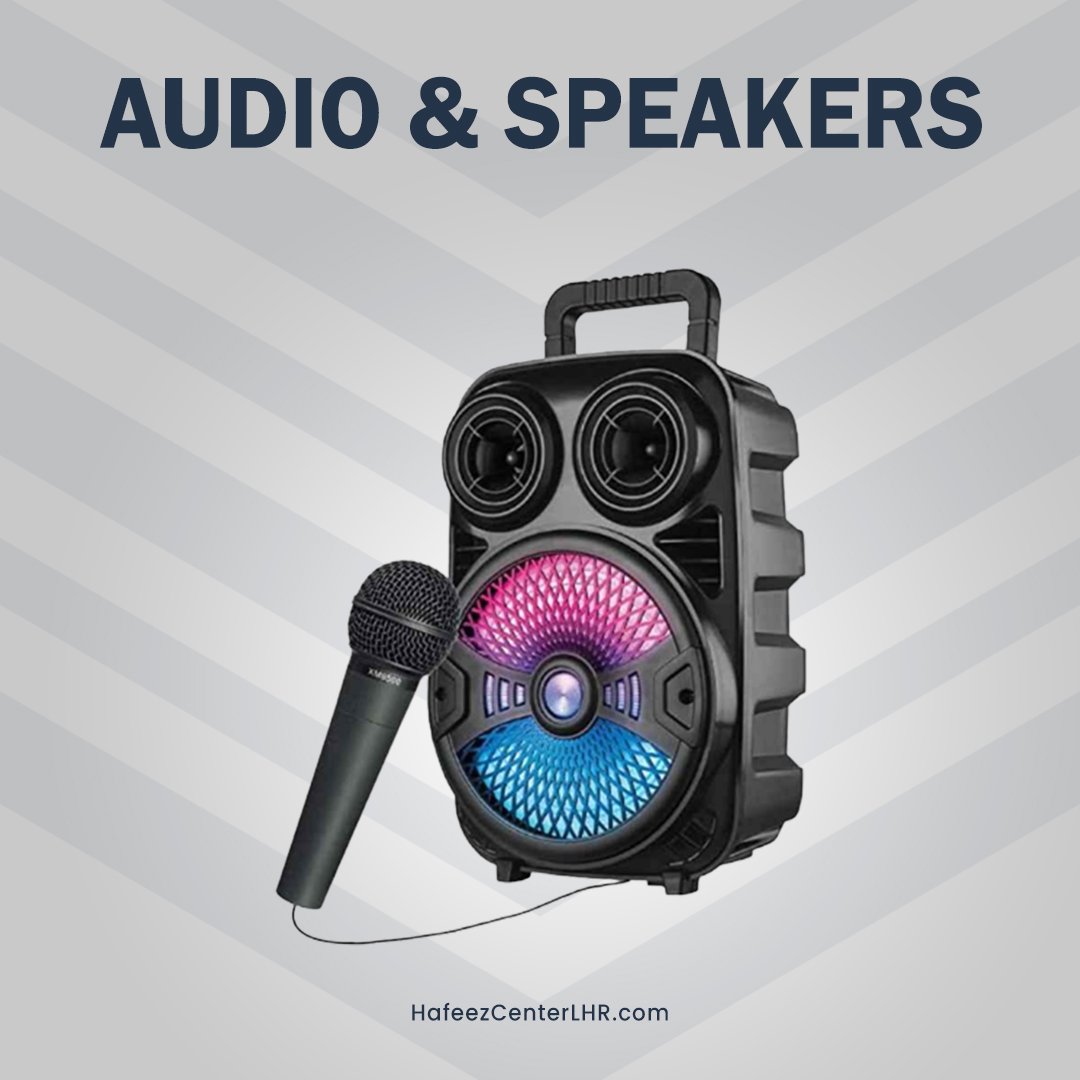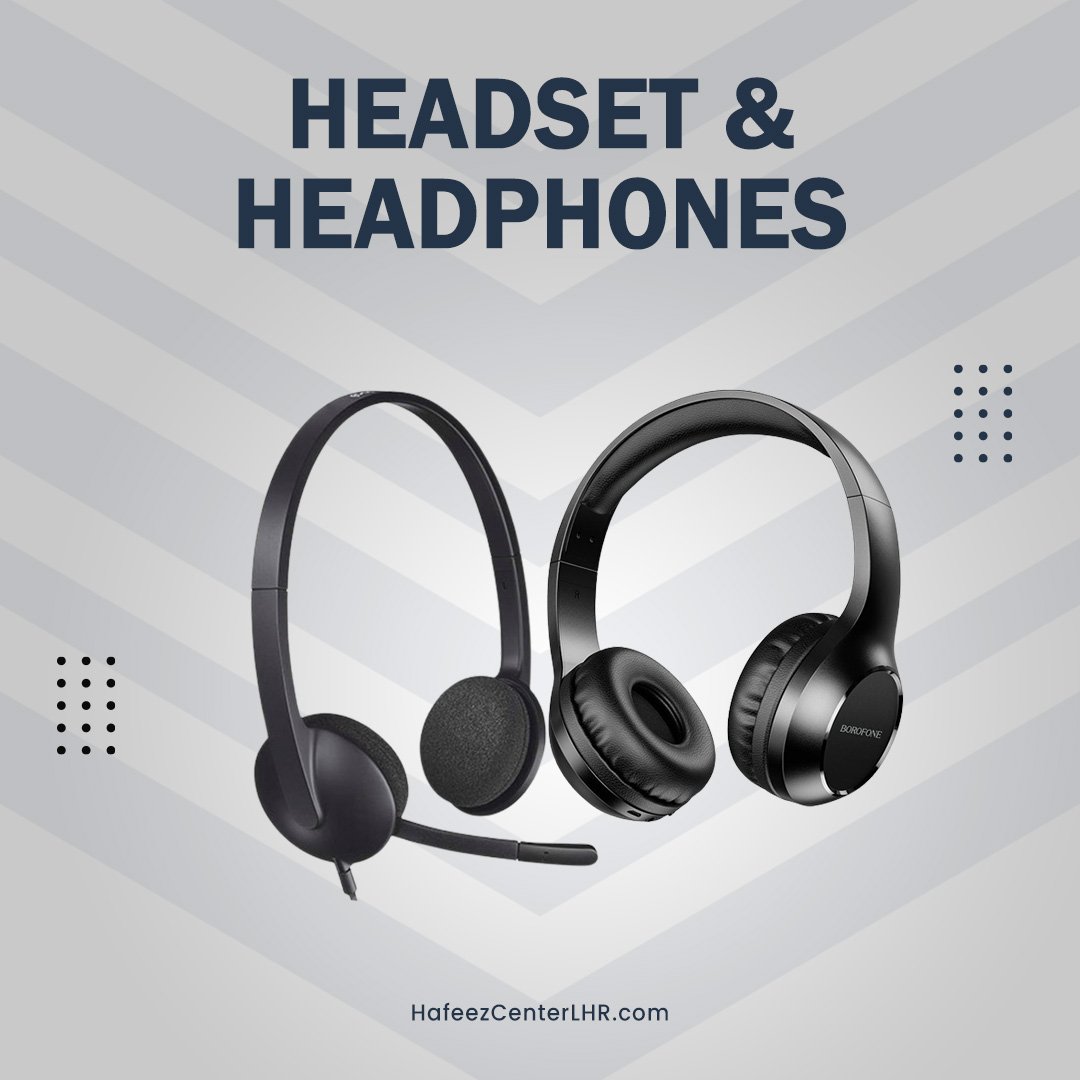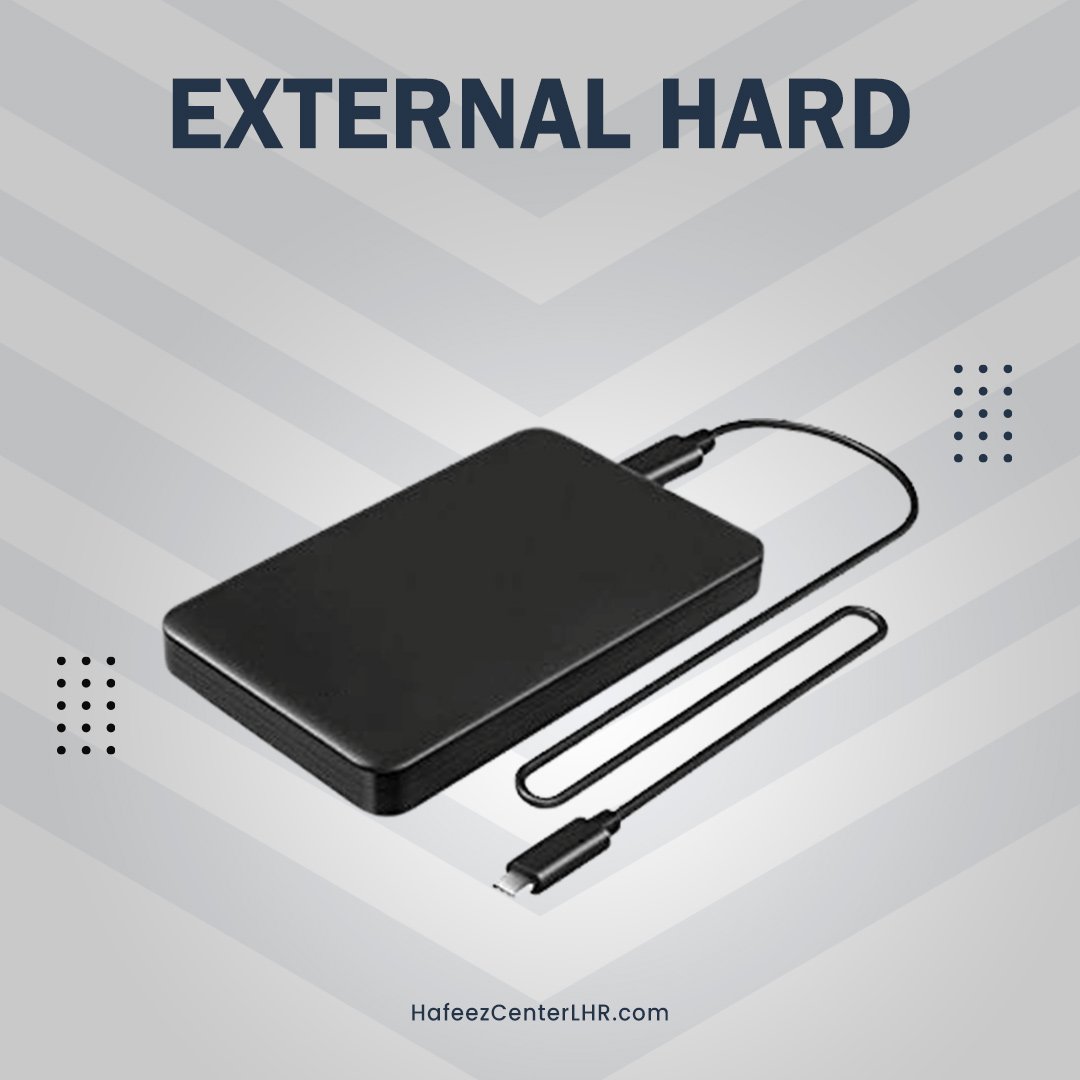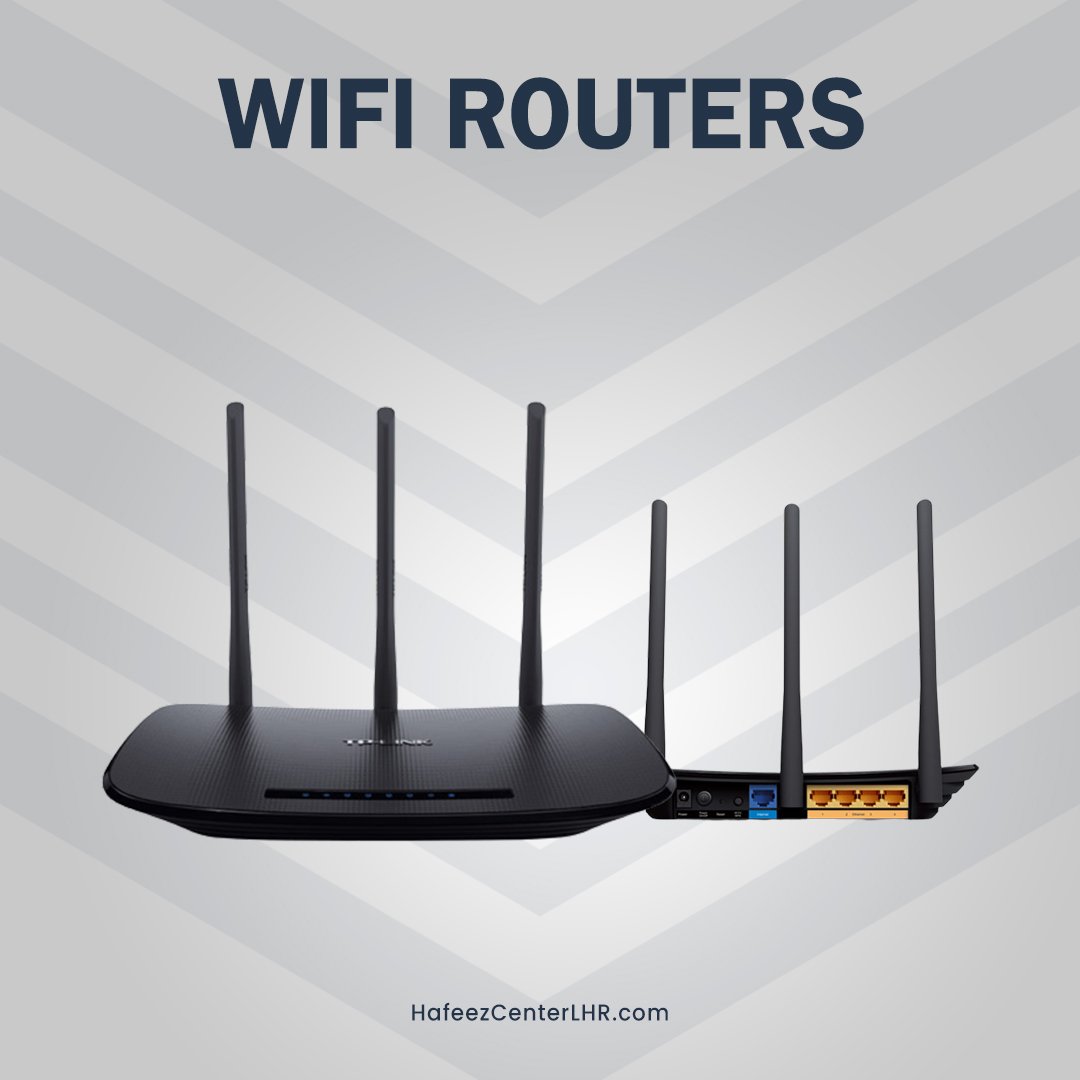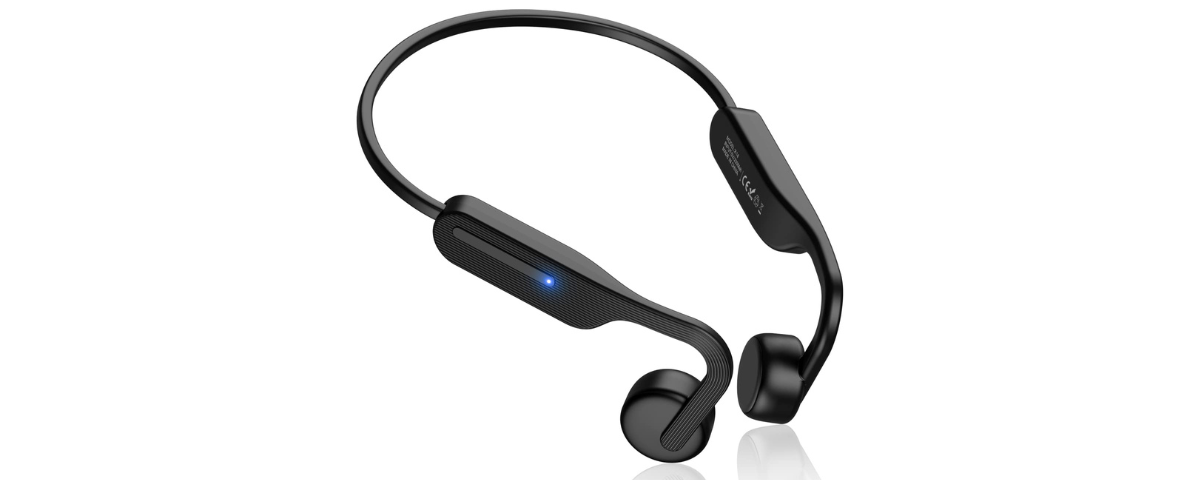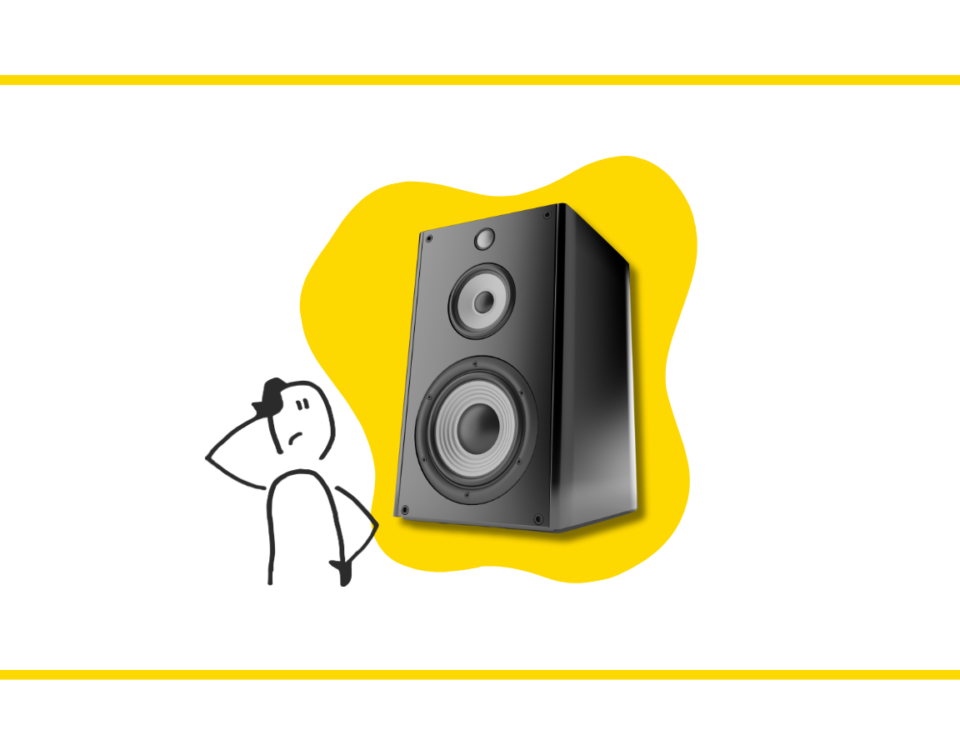
Everything We Know About the Google Chromebook in Pakistan
November 11, 2024
Ethernet Cable Categories Explained: Which One Do You Need?
November 15, 2024If you’ve been looking at headphones, you may have seen a newer type called bone conduction headphones. These headphones stand out because they don’t go inside or over your ears. Instead, they rest on your cheekbones and use vibrations to send sound directly to your inner ear. For many, this unique technology offers a comfortable and safe listening experience.
In this article, we’ll explore what these headphones are, how they work, and why some people might prefer them over/in-ear headphones.
What Are Bone Conduction Headphones?
Bone conduction headphones also known as open-ear headphones/bonephones, are a special kind of headphone that doesn’t rely on sound traveling through the air and into your ear canal. Instead, they use vibrations to deliver sound directly to the bones in your skull. This makes them different from regular headphones that sit on or inside your ears. With bonephones, your ears are open, which allows you to stay aware of your surroundings.
Bone conduction technology has actually been around for quite some time. Originally, it was used in medical devices, like hearing aids, to help those with hearing impairments. Recently, however, this technology has made its way into consumer products, like headphones, allowing everyone to enjoy this unique listening experience.
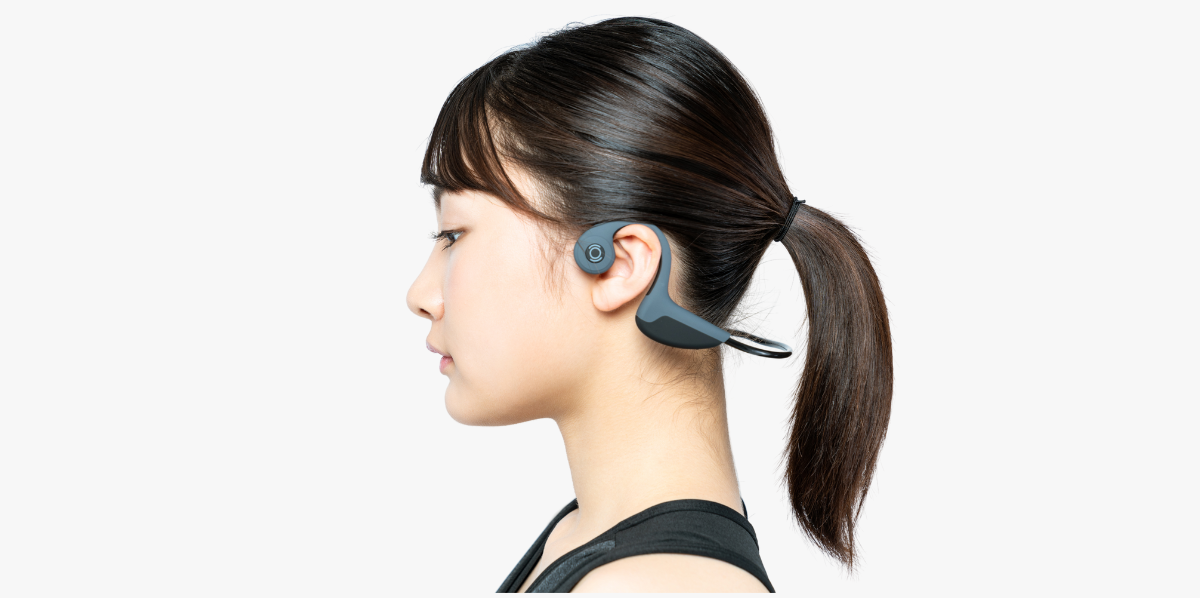
How Do Bone Conduction Headphones Work?
Bonephones work by creating tiny vibrations. These vibrations travel through your cheekbones or jawbones and reach your inner ear, bypassing the eardrum entirely. Here’s how it happens:
- When you play audio on these headphones, they create small vibrations on the area where they rest—usually just in front of your ears.
- Because the vibrations go directly through the bones, the sound doesn’t need to travel through your eardrum as it would with regular headphones. Instead, the inner ear picks up these vibrations and converts them into sound signals that your brain can interpret.
- Since the inner ear is receiving these direct vibrations, you hear the music, voice, or other sounds just as you would with any other headphones.
This method works well for most sounds, although bone conduction headphones may lack some of the deep bass you might experience with over-ear headphones or on-ear.

Advantages
Now that we know how they work, let’s look at some of the benefits of using open-ear headphones. Many people find these headphones offer advantages that traditional headphones can’t provide.
1. Safety and Awareness
One of the biggest benefits of bonephones is that they leave your ears open. Because of this, you can still hear what’s happening around you. For example, if you’re jogging, biking, or walking outside, you’ll still be able to hear traffic, people talking, or any potential hazards. This makes bonephones a safer option for people who need to stay aware of their surroundings.
2. Comfortable and Non-Intrusive
For people who find regular headphones uncomfortable, bone conduction can be a great alternative. Since these headphones don’t sit inside or over your ears, they don’t cause pressure or discomfort. Many people with ear sensitivities prefer these headphones because they don’t touch the eardrum or cause ear fatigue over long periods.
3. Good for Some Hearing Impairments
Because bone conduction headphones bypass the eardrum, they may be beneficial for individuals with certain types of hearing impairments. For example, if someone has damage to their outer or middle ear, they might still be able to hear through bone conduction, as this technology works directly with the inner ear.
4. Sweat- and Weather-Resistant
Most bonephones are designed for active lifestyles, so they’re often sweat- and weather-resistant. This makes them an excellent choice for people who use headphones during workouts or outdoor activities.

Limitations of Bone Conduction Headphones
While bonephones have many benefits, there are also a few limitations to consider.
1. Sound Quality
Because of the way they work, bone conduction headphones may not offer the same level of sound quality as noise-cancellation headphones. The bass, in particular, may feel weaker, which can impact the listening experience for music lovers who enjoy deep bass.
Because of the way they work, bonephones may not offer the same level of sound quality as noise-cancellation headphones or some of the top-rated headphones for music. The bass, in particular, may feel weaker, which can impact the listening experience for music lovers who enjoy deep bass.
2. Sound Leakage
Bonephones can sometimes leak sound, meaning people nearby might hear what you’re listening to, especially if the volume is high. For this reason, they may not be ideal for quiet environments where you need privacy.
3. Battery of Bone Conduction Headphones
Since bonephones are often wireless, they rely on batteries. Some models may have shorter battery life compared to TWS earbud headphones. If you plan to use them for extended periods, you might need to charge them more frequently.

Who Should Consider Bone Conduction Headphones?
Bone conduction headphones are a great choice for people who want to stay aware of their surroundings while listening to music or podcasts. They’re especially useful for outdoor runners, cyclists, and anyone who exercises in public spaces. Additionally, people with certain hearing impairments or those who find traditional headphones uncomfortable may find bonephones to be a better option.
However, if you prioritize high-quality sound, especially deep bass, and surround sound, headphones like noise-isolation or noise-canceling might still be the better choice. Bonephones are designed more for convenience, comfort, and safety rather than high-end sound quality.
Tips for Choosing Bonephones
If you’re considering buying bone conduction headphones, here are a few things to look for:
- Fit and Comfort: Since they rest on your cheekbones, choose a model that feels secure and comfortable, especially if you plan to use them during physical activities.
- Sound Quality: While bonephones don’t typically match the sound quality of traditional models, some brands offer better sound than others. Look for models with good reviews in this area.
- Battery Life: For those using them during long workouts or commutes, check the battery life to make sure it meets your needs.
- Durability and Resistance: If you’ll be using them outdoors, look for water-resistant or sweat-resistant models that can withstand various weather conditions.
Final Thoughts
Bone conduction headphones offer a unique listening experience. By delivering sound through vibrations on your cheekbones, they allow you to listen to audio without blocking your ears. This can help keep you safe in busy environments and provide a comfortable fit, especially during physical activities. While they might not replace traditional headphones for sound quality, they are a useful option for many people.
If you’re looking for a headphone style that combines comfort, safety, and situational awareness, bonephones could be the right choice for you.


